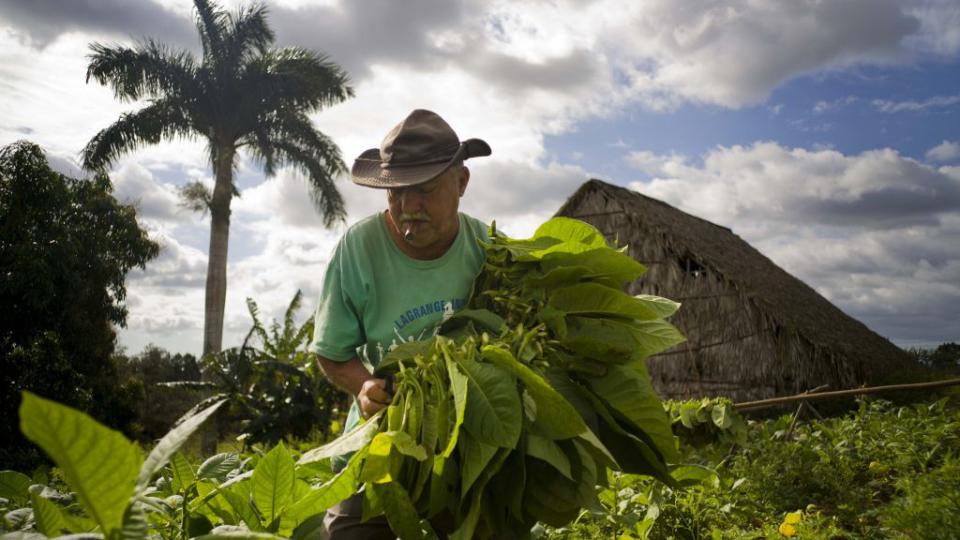All these new tourists are literally taking the food off the plates of Cubans

On the surface, rising tourism rates in Cuba might look like an injection of cash into the struggling island economy. Instead, tourists are just eating all the food.
Tourism in Cuba surged 11.7% in the first half of 2016, when more than 2 million people visited the island, and it’s only expected to increase. While most Cuban tourism comes from Canada, American travel regulation has slowly began to loosen, already creating a 76.5% increase of visitors from 2015.
And the prices for household staples like tomatoes, onions, and peppers have skyrocketed in Cuba, due to the country’s inability to support that sudden increase in population, according to a report from the New York Times (paywall).
“The private tourism industry is in direct competition for good supplies with the general population,” Richard Feinberg, a professor at the University of California, San Diego, told the Times.
Added Juan Alejandro Triana, an economist at the University of Havana: “We don’t just have to feed 11 million people anymore. We have to feed more than 14 million.”
Most produce seems to be off the menu for Cubans, with state-run markets pushing starchy, long-lasting food like rice, beans, and sweet potatoes. Choice produce is sold on private markets, to restaurants profiting most from the influx of strong foreign currency. A day’s worth of fresh produce could cost Cubans 10% of their $25 monthly wage.
“Almost all of our buyers are paladares [private markets],” food vendor Ruben Martínez told the Times. “They are the ones who can afford to pay more for the quality.”
Cuba’s limited farm land is mainly dedicated to producing sugar and tobacco, two exports that comprise a third of the country’s exports. Major agriculture is controlled by the Cuban state, which has also stopped issuing licenses for new restaurants as a part of limiting demand issues.
And the pressure on the Cuban food system shows no sign of abating.
Cuba’s state-run tourism company, Gaviota, is ready to capitalize on the rising tide of tourism. The company plans to add 50,000 more hotel rooms (paywall) by 2020, nearly doubling the existing 70,000 rooms. Use of apartment-rental service Airbnb has also skyrocketed, with more than 4,000 listings on the island.

Sign up for the Quartz Daily Brief, our free daily newsletter with the world’s most important and interesting news.
More stories from Quartz:

 Yahoo Finance
Yahoo Finance 